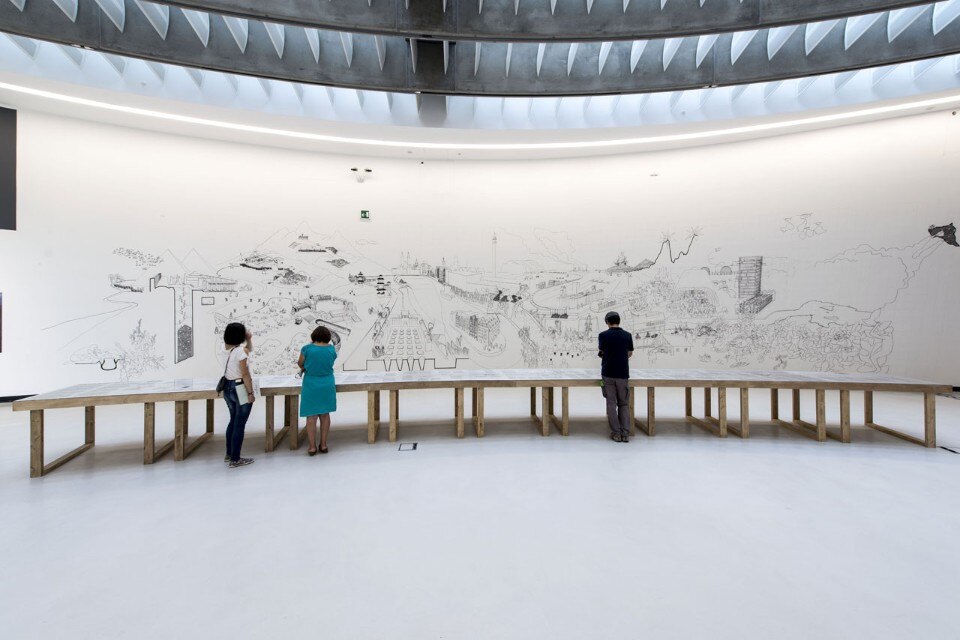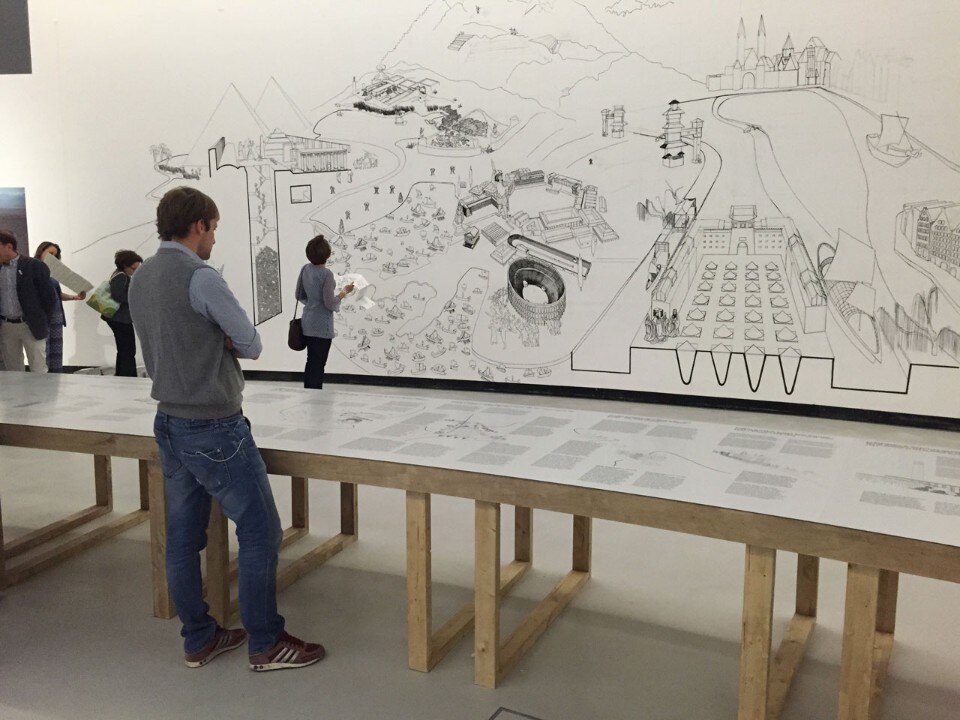
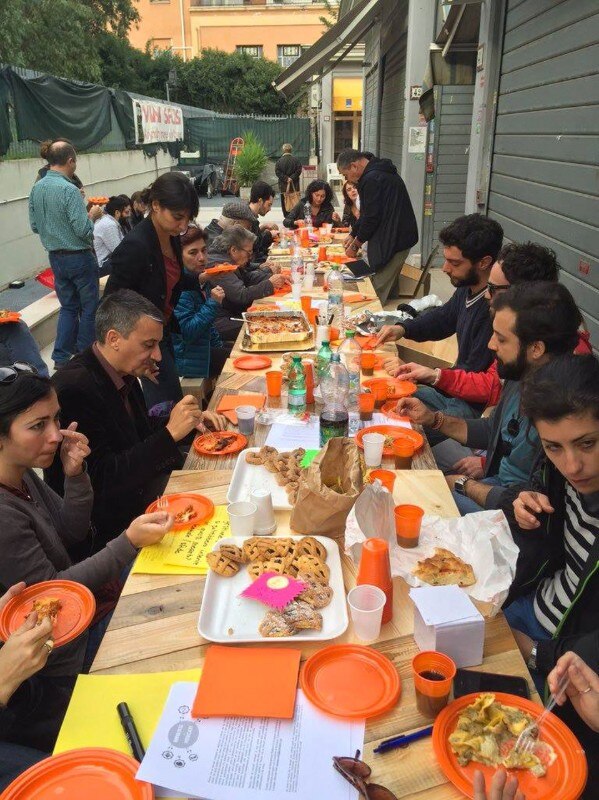
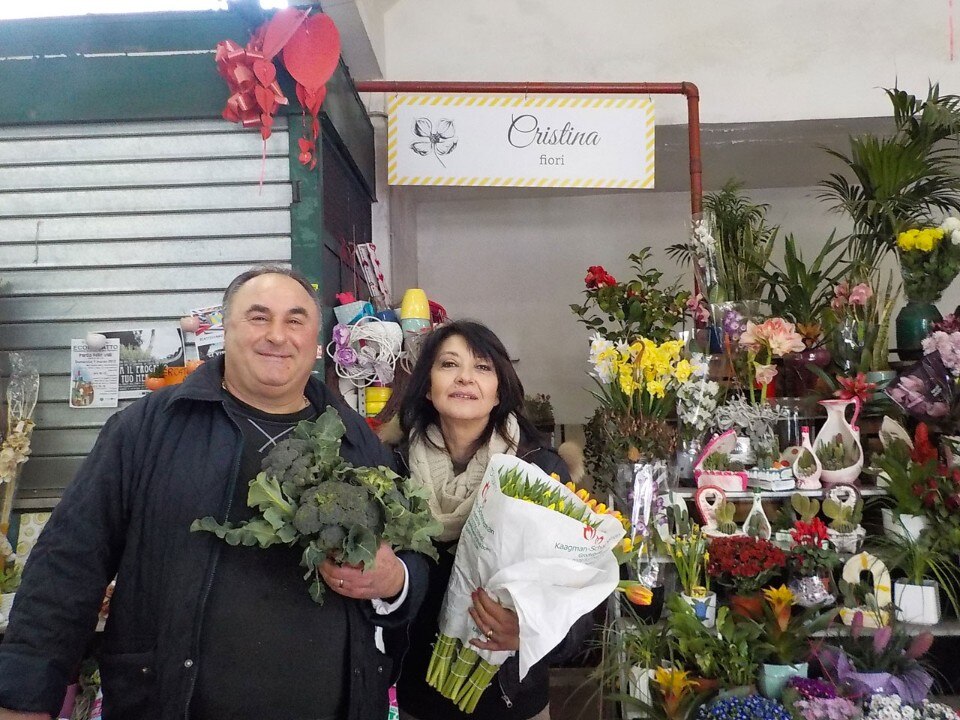
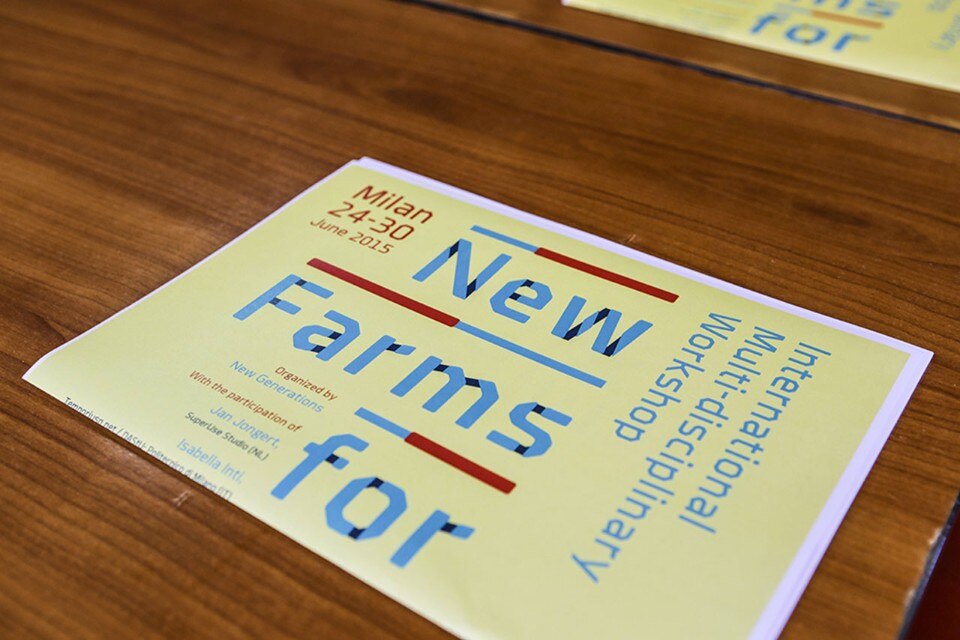
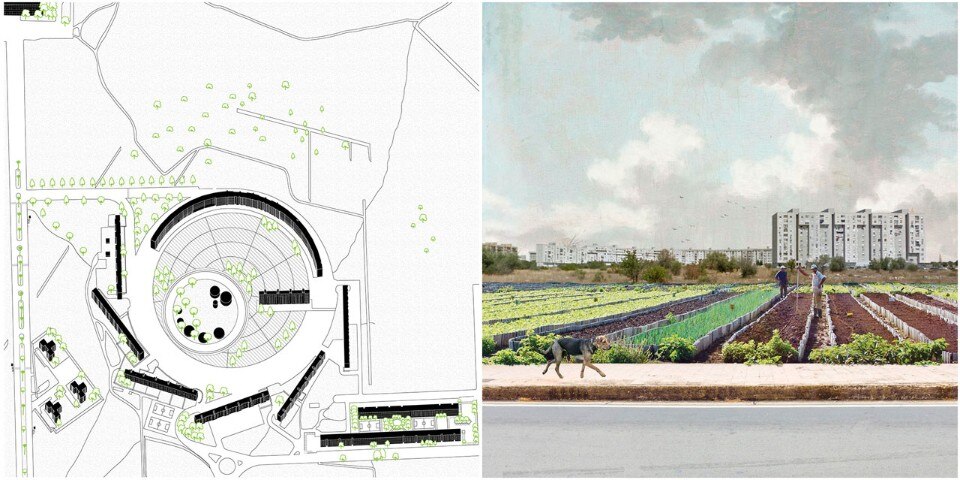
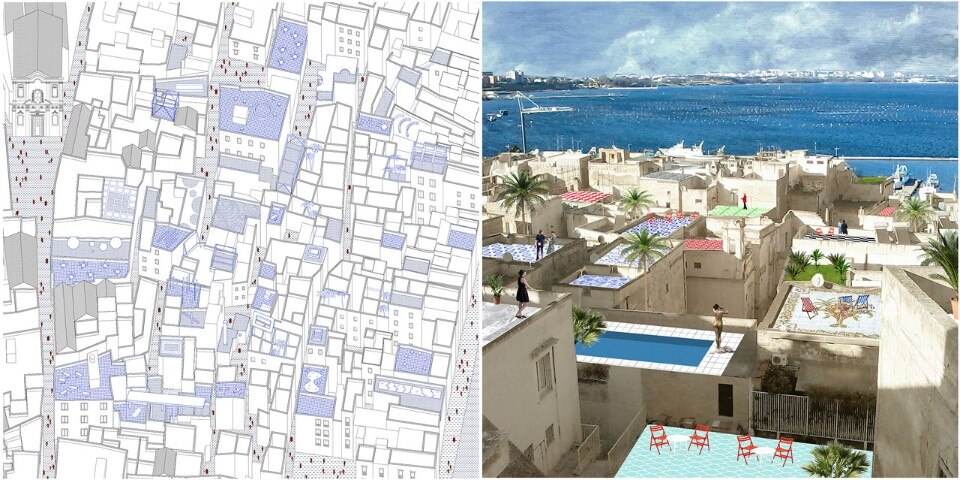
During the panel talk that followed the presentations Polyak was the first to answer when the moderator asked about the benefits of international cooperation. Effectively confirming the previously expressed idea of “visionary pragmatism”, the Hungarian urban planner said that working with the Dutch enables them to think big, something instinctively downscaled by the Italians. This may seem more of an advantage for those actually on the receiving end but Wouter Vanstiphout added that, from a Dutch professional standpoint, it can be easier to obtain funds for a project abroad. Holland’s interest in promoting operations abroad was also the subject of discussion during the Q&A, when someone asked how much business relations between Holland and Italy impact on fund allocation. In Ernst’s view, it is an investment opportunity with returns in terms of know-how and the completion of projects that would otherwise remain on paper. Vanstiphout argued, on the other hand, that the link between economic policies and cultural exchange is stronger than before and that, for this very reason, culture can serve open a dialogue and exchanges with projects of another kind (a concept confirmed by UNLAB).
Although, efficient Dutch pragmatism and Italian political disenchantment seem to confirm the national stereotypes, the porosity of the creative networks compared with the political and bureaucratic systems debunks this dichotomy. More than a preliminary to future change, it seems the portrait of an already thriving international and intercultural reality.


